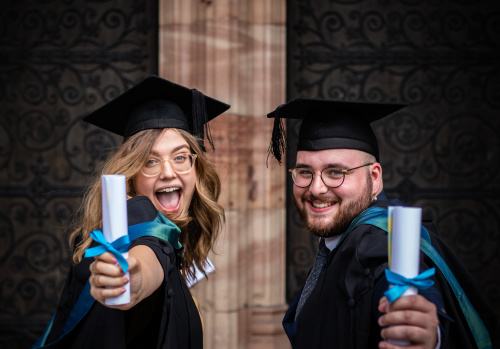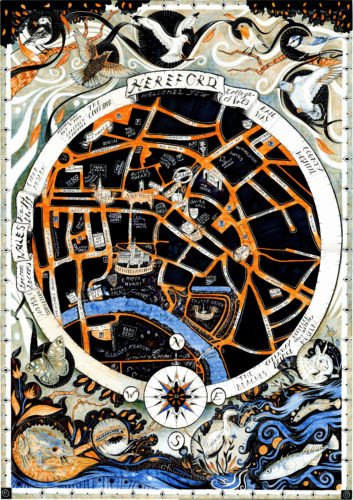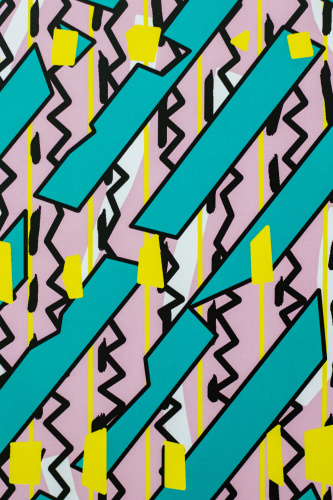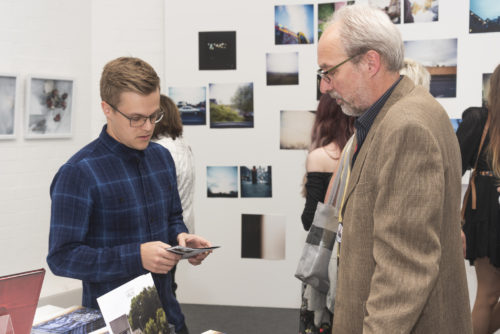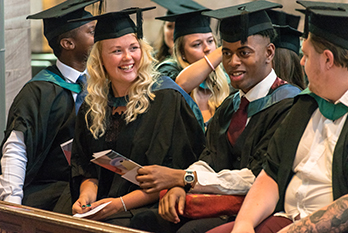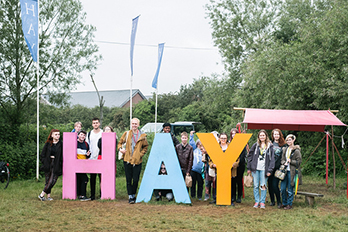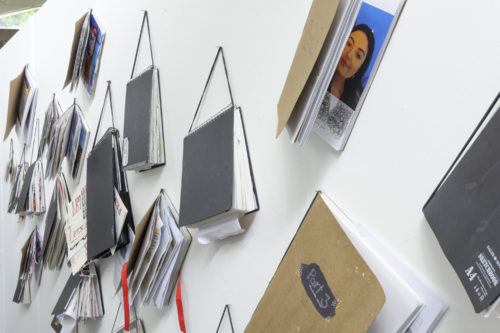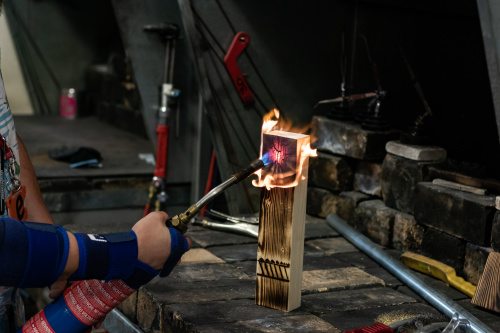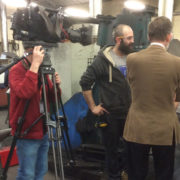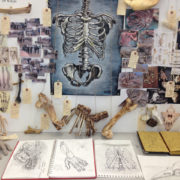Making meaning in the gaps between words and image
Published on 20.04.16
I was lucky enough to be invited to review an excellent Practice in Context workshop today. Aimed at preparing students for the dissertation, both in ideas gathering and in defining what a dissertation might be about, the workshop invited students to participate in an activity that could be defined as both a methodology and a
Categories
I was lucky enough to be invited to review an excellent Practice in Context workshop today.

Aimed at preparing students for the dissertation, both in ideas gathering and in defining what a dissertation might be about, the workshop invited students to participate in an activity that could be defined as both a methodology and a strategy, but which certainly enabled meaning to be made.
By encouraging students to make links between self-selected images and words, then to reflect on these links, overarching concepts could be identified. This activity, for me, served three purposes; transforming an individual’s ‘area of interest’ into an idea to be explored, identifying one’s reflexive position, and defining the start of a research journey.

In physical terms, this meant selecting images, objects or artefacts which had particular resonance to oneself, then identifying links between these – as modelled by Holland, the identification of links involved a kinesthetic approach, using differently coloured string to physically link and define ‘themes’.
The methodology here was originally devised as part of the MA Craft programme at HCA, devised in collaboration between Lisa Porch and Del Done, and building on the ideas of Natasha Mayo on link-making as a catalyst for ideas.
Now, adapted for an undergraduate audience, this, for me, represents a synthesis of its very own between supporting how we might learn, how we might create ideas, and how we might, as educators, support the linking of theory and practice through a methodology which encourages both individual exploration, meta-cognition and facilitates the beginning of self-facilitated relevant research.
The workshop was a collaborative venture between Simon Denison, Lisa Porch, and Holland Otik. If you are interested in how education at degree level might link theory and practice you can read more here.
